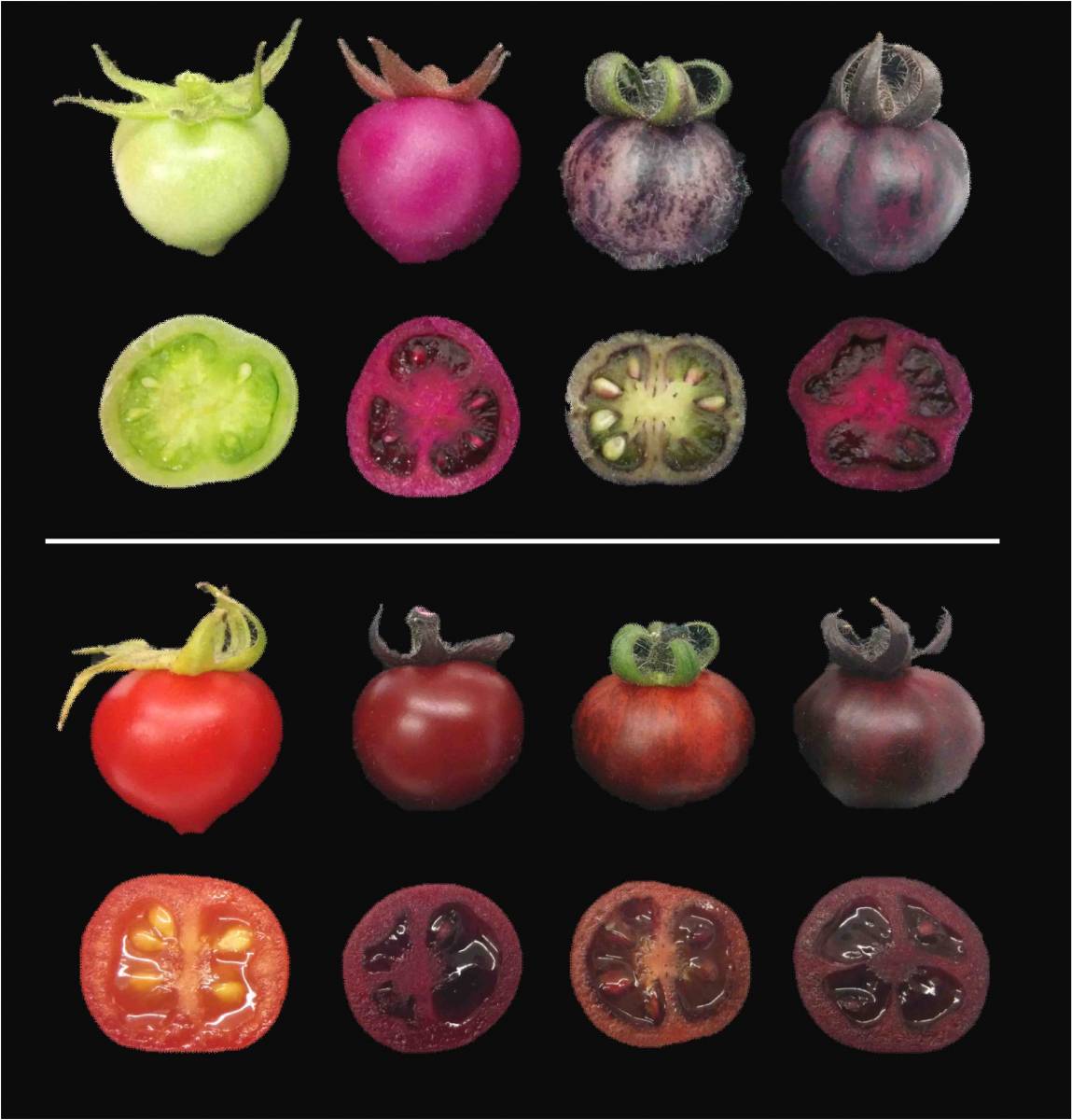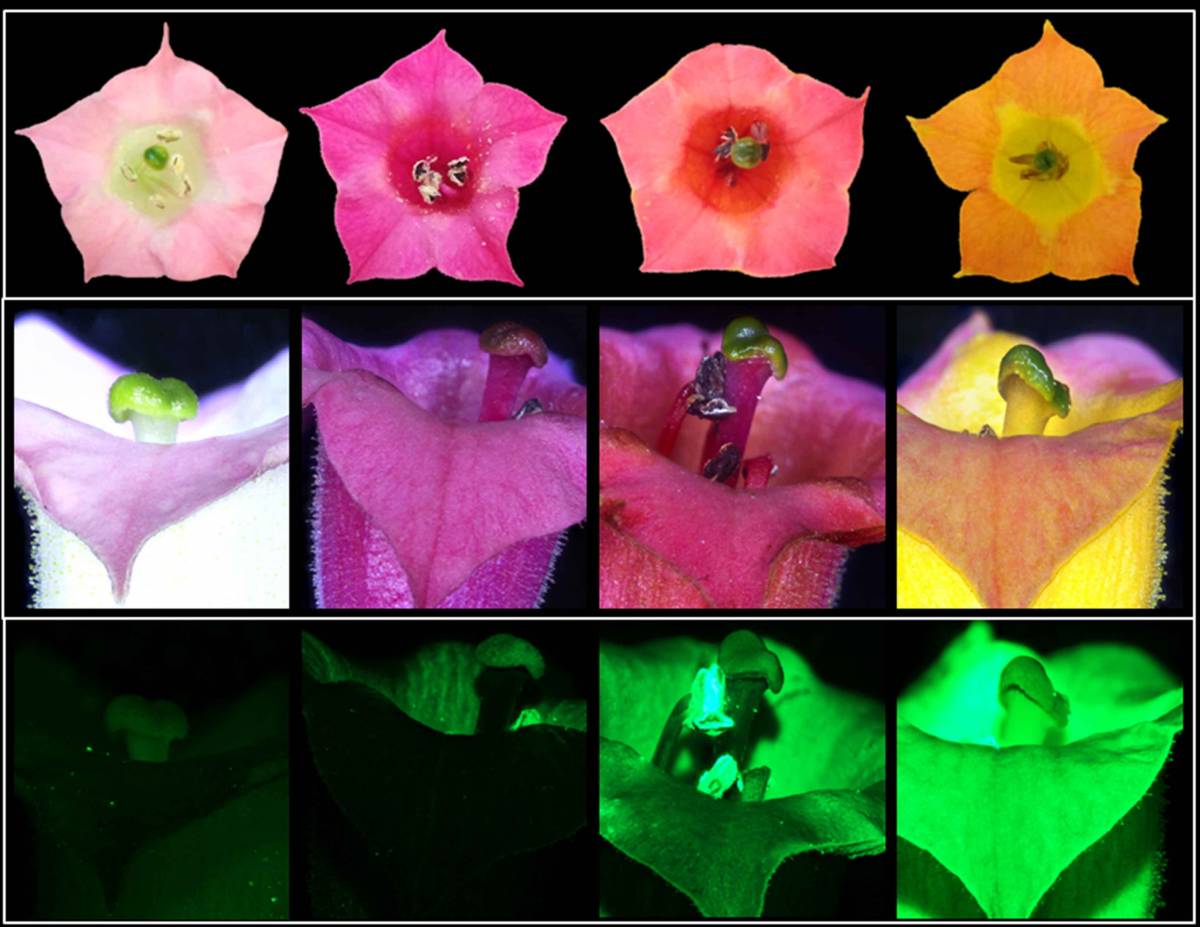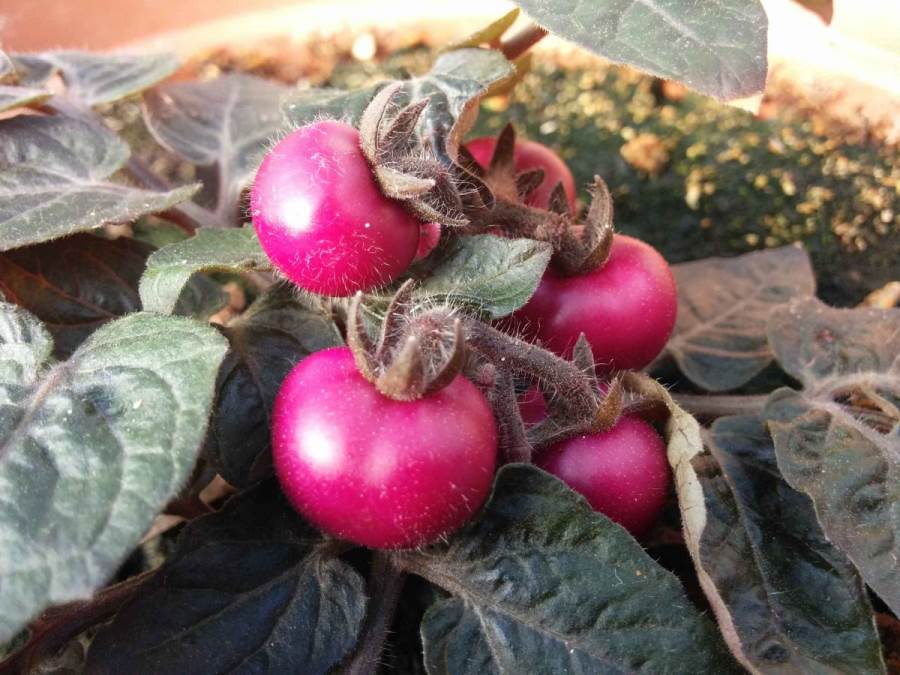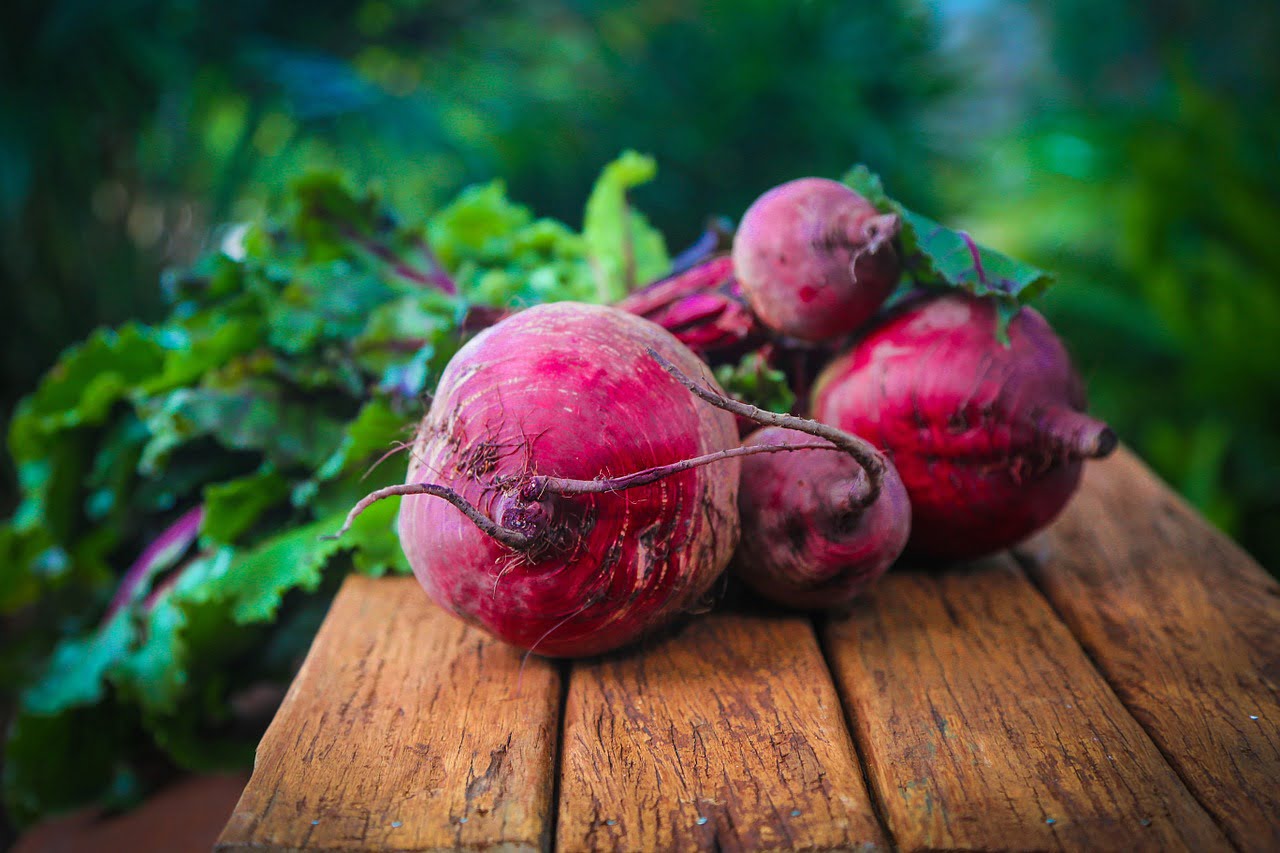Ever thought you’d be eating a bright purple tomato or a violet potato? It turns out that pigments made by beets can help boost other veggies’ resistance to disease and mold, and even increase their nutritional value and antioxidant properties.
Israel’s Weizmann Institute of Science has now opened the way to numerous potential uses of betalains, the highly nutritious red-violet and yellow pigments made by beets.
Announcing their success in color, the researchers managed to produce potatoes, tomatoes and eggplants with red-violet flesh and skin, increasing their antioxidant value by 60 percent and mold resistance by 90 percent.
Betalains are made by cactus fruit, flowers such as bougainvillea and certain edible plants – most notably, beets. They are relatively rare in nature, compared to the two other major groups of plant pigments, and until recently, their synthesis in plants was poorly understood.
Now, Weizmann Institute’s Prof. Asaph Aharoni and Dr. Guy Polturak have used two betalain-producing plants – red beet and four o’clock flowers – to identify a previously unknown gene involved in betalain synthesis and reveal which biochemical reactions plants use to produce betalains.
Colors can be altered on demand
To test their findings, the researchers genetically engineered yeast to produce betalains. They then tackled the ultimate challenge: reproducing betalain synthesis in edible plants that do not normally make these pigments.
The researchers produced red-violet potatoes, tomatoes and eggplants. They also managed to control the exact location of betalain production by, for example, causing the pigment to be made only in the fruit of the tomato plant but not in the leaves or stem.

Unripe (top) and ripe (bottom) tomatoes. Regular tomatoes (far left) start out green and turn red when ripe. In contrast, genetically engineered tomatoes assume different shades of red-violet, depending on whether they produce betalains (second from left), pigments called anthocyanins (second from right) or betalains together with anthocyanins (far right). Courtesy of the Weizmann Institute
Using the same approach, the scientists caused white petunias to produce pale violet flowers, and tobacco plants to flower in hues varying from yellow to orange pink. They were able to achieve the desired hue by causing the relevant genes to be expressed in different combinations during the course of betalain synthesis.
SEE ALSO: Scientists Discover Precise Method To Make Fruit Look And Taste Better
Sign up for our free weekly newsletter
SubscribeTheir findings, which were recently published in the scientific journal Proceedings of the National Academy of Sciences, may also be used to create ornamental plants with colors that can be altered on demand.
Healthy antioxidant activity was 60 percent higher
But the change in color was not the only outcome. Healthy antioxidant activity was 60 percent higher in betalain-producing tomatoes than in average ones. “Our findings may in the future be used to fortify a wide variety of crops with betalains in order to increase their nutritional value,” Aharoni said in a statement.
SEE ALSO: Quest For The Perfect Veggie: Israelis Create Enhanced Strains Of Fruits And Vegetables

Tobacco flowers in nature are pale pink (far left), but can take on new colors (three images on the right) when genetically engineered to produce betalains. Courtesy of the Weizmann Institute
Aharoni and his team also discovered that betalains protect plants against gray mold, Botrytis cinerea, which annually causes losses of agricultural crops worth billions of dollars. The study showed that resistance to gray mold rose by a whopping 90 percent in plants engineered to make betalains.
The scientists produced versions of betalain that do not exist in nature. “Some of these new pigments may potentially prove more stable than the naturally occurring betalains,” Polturak said. “This can be of major significance in the food industry, which makes extensive use of betalains as natural food dyes, for example, in strawberry yogurts.”
Furthermore, the findings of the study may be used by the pharmaceutical industry. According to the researchers, the chemical process by which plants produce betalains could serve as a starting material in the manufacturing of drugs, particularly opiates such as morphine.
Images: Courtesy of the Weizmann Institute
Related posts

Israeli Medical Technologies That Could Change The World

Harnessing Our Own Bodies For Side Effect-Free Weight Loss

Missing Protein Could Unlock Treatment For Aggressive Lung Cancer





Facebook comments